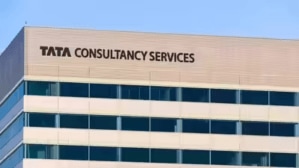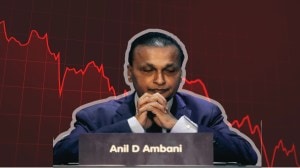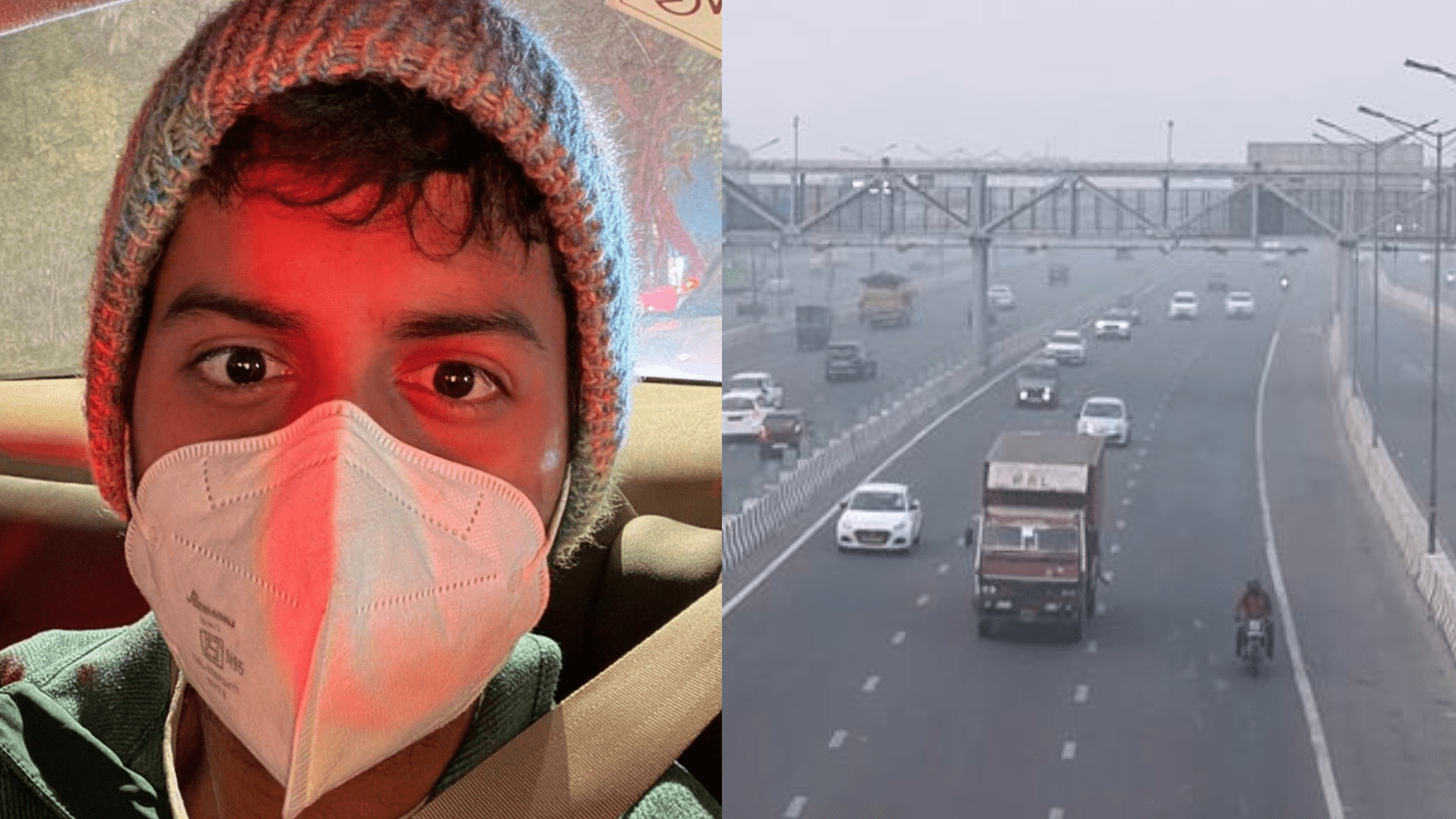Microsoft Mobile Devices (as the Nokia Mobile Division is now called, after Microsoft acquired it in April for $7.2 billion) will look to launch more devices in the Rs 8,000-15,000 bracket to try and gain a larger pie of the fast-growing smartphone market. Raghuvesh Sarup, director-marketing at Nokia India Sales (a Microsoft Mobile subsidiary), in an interview with Rhik Kundu, says the new smartphones were being branded Microsoft (and not Nokia) to convey the importance that software was going to play as a differentiating factor for the company.
Excerpts:
Android smartphones sell the most in India today. How does Microsoft plan to compete with them and increase market share?
As far as device ecosystems are concerned, there are the old ones and the new ones. Windows phones in their current avatar were launched at the end of 2011 and they reached most parts of the world by mid-2012. In the world of iOS and Android, the new Windows operating system (OS) for phones is an infant.
However, in these two years, the Windows OS has gained a 10% market share in several countries. It took Android 2-3 years to achieve 10% market share in several key markets. It reached the tipping point after that and gained a market share of over 40%.
It takes time for the ecosystem around an operating system to develop. This inclues applications, users, devices, acceptance and perceptions. App developers take time to understand a new ecosystem and, once they do, hundreds of applications come up on an OS, like they have on Windows now. Also, unlike Android, we don’t have any fragmentation within the Windows ecosystem. For instance, the exit key is always on the bottom left corner and never on top. As perception changes, people will realise that there is no other ecosystem easier to use than Windows.
A lot of Indian and Chinese smartphone makers have launched devices that cost less than $100. How will you compete with these vendors?
This segment — affordable smartphone — is growing at an astonishing speed. Most of the growth is coming in devices priced between Rs 8,000 and Rs 15,000, which is growing four times faster than other segments.
We will come up with more products in the next few quarters in this price range. Also, there is a huge amount of product building going on in the affordable segment and we know that this is a space that brands have to respect. While talking to customers we realised that more than 50% of them are brand conscious and go for strong brands for the sake of reliability.
What was the need to do away with a recognised brand name like Nokia and replace it with Microsoft?
Microsoft and Nokia, which have great legacies in two different worlds of software and hardware, had nothing to do with each other except that Nokia’s hardware was running our software. What changed was the fact that after the acquisition, engineers from both these legacies were collaborating together to come up with products.
Today, most elements in the handset ecosystem are driven by software — from camera enhancement to storage optimisation, where Microsoft plays a key role. Ours is a cohesive ecosystem where there is more homogeneity and purity of design than others. Hence the Microsoft branding.







